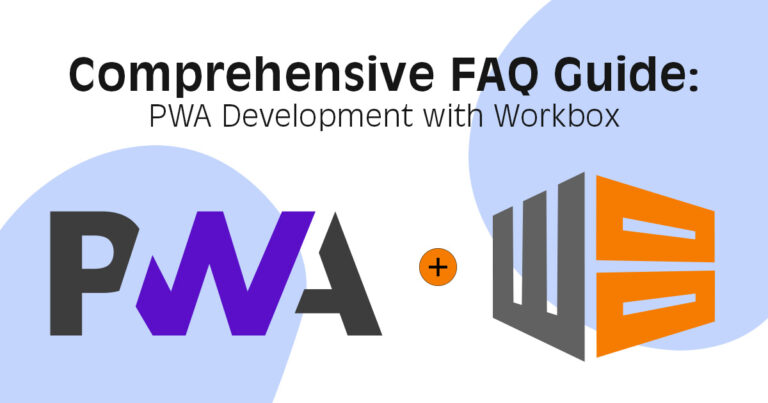Maintenance and support options play a crucial role in ensuring the smooth functioning and longevity of IoT applications. Here are the key options available: 1. Proactive Maintenance: This option involves regular monitoring of the application’s performance, identifying bottlenecks, and taking preventive measures to avoid potential issues. It includes checking resource utilization, system health, and network connectivity to proactively address any concerns before they become major problems. 2. Remote Monitoring: Remote monitoring allows for real-time tracking of IoT devices and applications. It enables businesses to monitor device health, performance metrics, connectivity, and security from a centralized dashboard. Remote monitoring helps in identifying potential problems, detecting anomalies, and taking timely actions to ensure uninterrupted operations. 3. Firmware Updates: IoT applications often require frequent firmware updates to incorporate new features, address security vulnerabilities, and improve performance. These updates can be remotely deployed, ensuring that IoT devices are always up-to-date and aligned with the latest software and security patches. Regular firmware updates mitigate the risk of security breaches and
